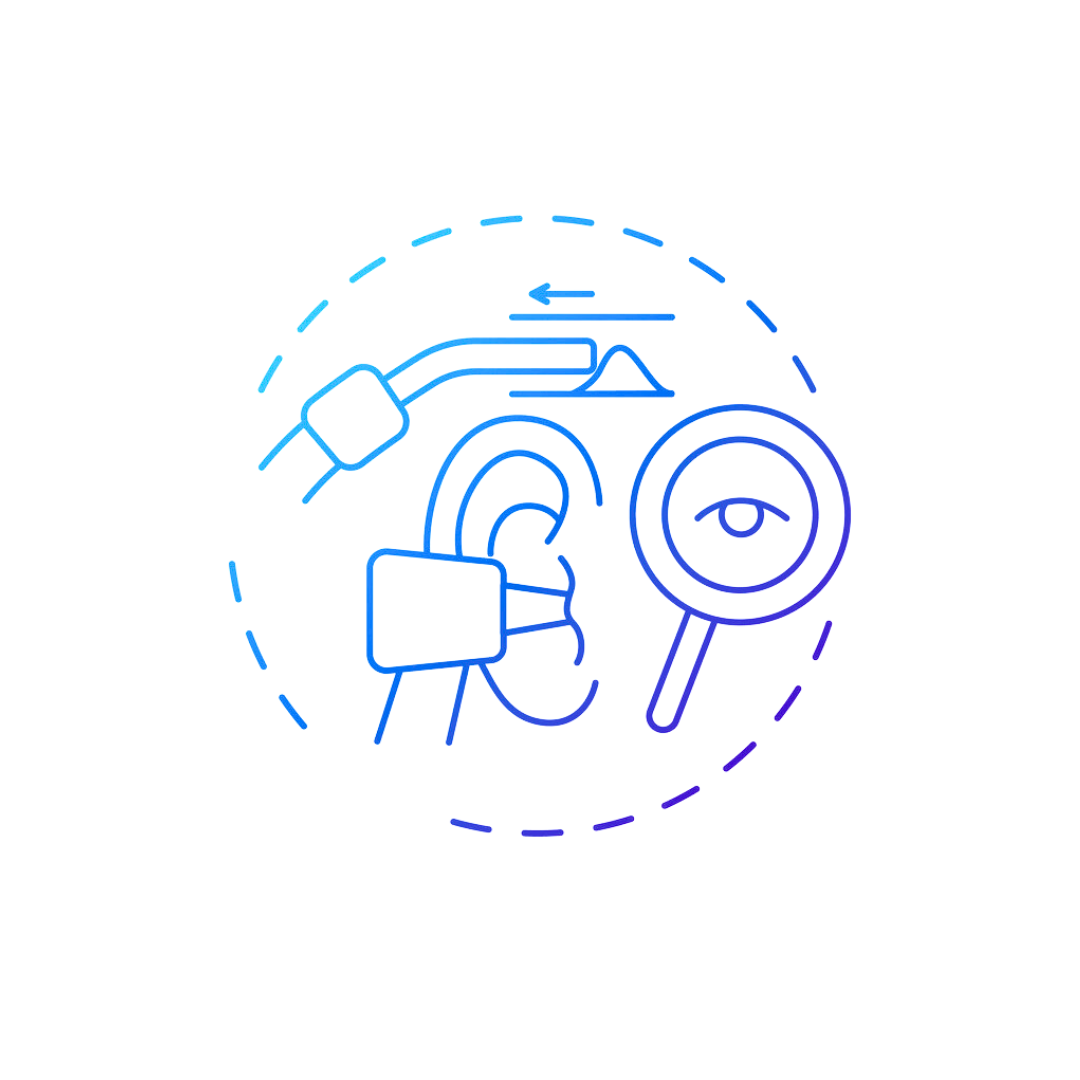FAQS
Or call 0800 193 9770
How is our Ear structured?
Earwax forms a defensive layer in the outer ear canal. As it is produced, it then moves from the outer ear canal to the opening of the ear. It has several uses, including protecting the ear canal against dust, dirt, bacteria and foreign bodies. It also helps fight infection.
What is earwax?
Earwax varies in colour, consistency, and smell from person to person. There really is no ‘normal’, so you shouldn’t be too worried about minor differences. However, any changes could be an indication of an ear infection, injury, or wider health problems.
What is normal earwax?
What is the cause of impacted earwax?
Impacted earwax, also known as cerumen impaction, occurs when earwax accumulates in the ear canal and becomes difficult to naturally expel. Several factors can contribute to the development of impacted earwax:
Excessive earwax production
Inadequate earwax removal
Ear canal anatomy
Earwax consistency
Use of hearing aids or earplugs
Ageing
If your ears are producing normal amounts of earwax, nothing is likely to happen if it isn’t removed. However, if you have an excess or buildup of earwax and it’s not removed, this can become affected. This may result in several symptoms, such as irritation or hearing loss.
Is earwax removal painful?
Earwax removal using appropriate techniques should not be painful. Individuals may experience mild discomfort or a sensation of pressure during the procedure. This can vary depending on factors such as the individual's sensitivity, together with the amount and consistency of the wax. It is worth noting that if you have an existing ear infection, injury, or any other ear condition, it may increase the potential for discomfort during the removal process.
What causes clogged ears?
Clogged ears can be caused by various factors, including excessive earwax. This can accumulate and block the ear canal, leading to a feeling of clogged ears. This occurs when earwax is not naturally expelled, or if there is an overproduction of wax.
If earwax is not the issue, then we can help you identify and eliminate this possibility. Identifying what isn’t the issue is just as important as addressing what is.
How do I properly clean my ears?
When required, you can clean the outer part of your ears, known as the auricle, with a damp washcloth. Gently wipe the external ear, avoiding inserting the cloth into the ear canal.
If you have excessive or impacted earwax, you can use a few drops of olive oil or spray. This can help soften the wax and facilitate its natural removal.
Seek professional advice from Ear Care Help. We will only intervene when specialist treatment is the best option. Avoid any practices which may cause damage or push earwax further into the ear canal.
Don’t use cotton swabs or objects. They can push the earwax deeper, potentially leading to impaction or injury to the ear canal or eardrum. It is not necessary to clean the ear canal regularly, as it will naturally expel excess earwax.
If you’re concerned about your earwax and looking for some advice on how to remove it, please contact us or book online.





